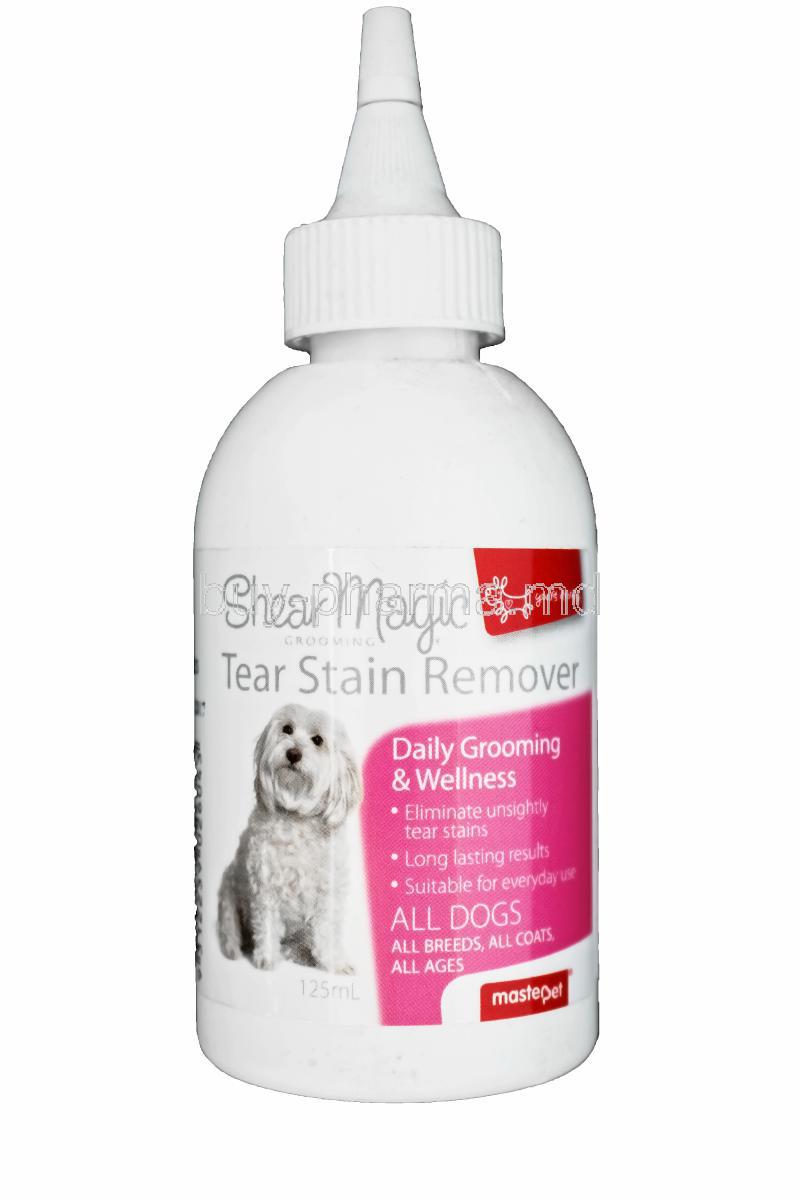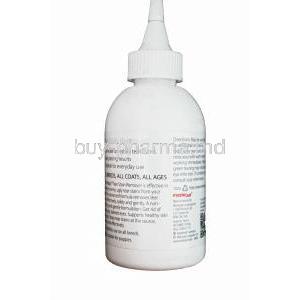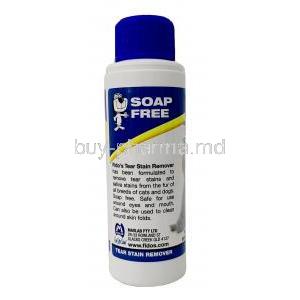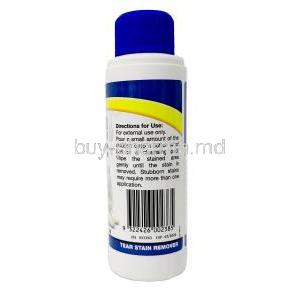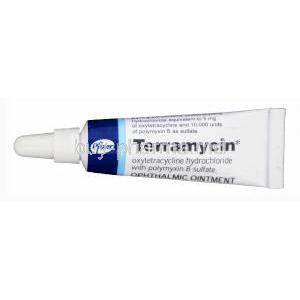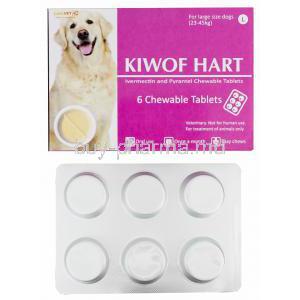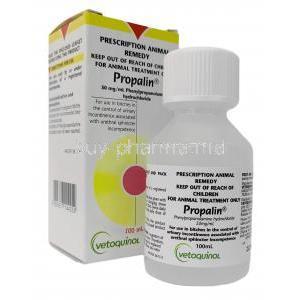1. Introduction to Tear Stains in Pets
Understanding Tear Stains in Dogs and Cats
Tear stains are discolored marks that commonly appear beneath the eyes of dogs and cats. These stains are most often brown or reddish and result from excessive tear production or poor tear drainage. While they may seem purely cosmetic, persistent staining can signal underlying health or anatomical issues.
Causes of Excessive Tear Staining
- **Epiphora** (chronic overflow of tears due to blocked tear ducts) - **Bacterial or yeast infections**, particularly *Porphyrin*-producing strains - **Allergic reactions** to environmental irritants or food - **Facial structure** anomalies, especially in flat-faced (brachycephalic) breeds
Breeds Predisposed to Tear Staining
- Maltese - Poodles - Shih Tzus - Persians and Himalayans (cats) - Bulldogs and Pekingese
Importance of Managing Tear Stains
Beyond aesthetics, managing tear stains: - Helps prevent secondary skin infections - Maintains ocular hygiene - Reduces odor and discomfort - Supports overall pet wellness
2. Overview of Tear Stain Removers for Dogs and Cats
What is a Tear Stain Remover?
Tear stain removers are topical solutions designed to cleanse and reduce discoloration caused by chronic tearing. These products also offer antimicrobial and soothing benefits.
Available Forms
- **Wipes**: Convenient and pre-moistened - **Liquids**: Applied with cotton or swabs - **Powders**: Absorb moisture and discoloration - **Ointments or gels**: Target stubborn stains
Veterinary-Recommended vs. OTC Options
- **Veterinary-grade**: Often contain prescription-strength ingredients - **Over-the-counter**: Widely available, suitable for routine maintenance
Natural and Chemical-Based Formulations
- Natural: Herbal extracts, essential oils, organic preservatives - Chemical: Boric acid, mild antibiotics, drying agents
3. Therapeutic and Off-Label Uses of Tear Stain Removers
Primary Use: Cosmetic Removal
The main purpose is to eliminate discoloration and maintain a clean facial appearance in pets.
Secondary Uses
- Inhibiting growth of yeast and bacteria around the eyes - Reducing moisture that leads to fungal overgrowth
Off-Label Use in Skin Conditions
- Mild **periocular dermatitis** - Adjunctive therapy in **superficial skin inflammation**
Management of Chronic Tear Overflow
Used in combination with veterinary treatments for dogs and cats with anatomical tear drainage issues.
4. Mechanism of Action: How Tear Stain Removers Work
Breakdown of Porphyrins and Chromophores
Porphyrins, which are iron-containing waste products in tears, oxidize and stain fur. Removers help break down and neutralize these compounds.
Antimicrobial Action
Many formulations combat bacterial and fungal organisms like *Malassezia pachydermatis*, which worsen staining and odor.
Astringent and Drying Effects
Reduce moisture accumulation under the eyes, inhibiting microbial proliferation and further staining.
Soothing and Anti-inflammatory Properties
Natural additives like aloe vera and chamomile reduce inflammation and support skin recovery.
5. Composition and Active Ingredients
Common Ingredients
- **Boric acid**: Cleanses and neutralizes stain-causing bacteria - **Tylosin** (in some products): Mild antibiotic, now restricted in many regions - **Colloidal silver**: Antibacterial and antifungal - **Witch hazel**: Natural astringent and anti-inflammatory
Role in Stain Prevention
Each ingredient targets either the stain source (porphyrins) or the conditions that allow it to persist (moisture, infection).
Natural Alternatives
- **Coconut oil**: Moisture barrier - **Aloe vera**: Skin-calming and healing - **Chamomile extract**: Anti-inflammatory
Controversial Ingredients
- **Systemic tylosin**: Formerly used in oral powders; banned or discouraged in some countries due to antibiotic resistance concerns
6. Dosage and Administration Guidelines
Frequency of Use
- **Daily** during initial treatment - **Bi-weekly or as needed** for maintenance
Quantity and Application Techniques
- Use enough to saturate the affected fur - Application methods: - Wiping with pre-moistened pads - Soaking a cotton ball with solution - Dusting dry powder and brushing out
Duration of Treatment
Visible improvement usually occurs within 7–14 days, but long-term use may be required for chronic conditions.
7. Important Precautions Before and During Use
Patch Testing
Test on a small area before full application to detect hypersensitivity.
Eye Safety
Avoid direct contact with the cornea; these products are for external use only unless specified.
Hygienic Application
Always use clean tools to prevent bacterial contamination.
Monitoring Skin Condition
Discontinue use if irritation, swelling, or signs of infection occur.
8. Possible Side Effects and Safety Considerations
Safety in Healthy Pets
Most commercially available tear stain removers are safe when used as directed on healthy skin.
Common Side Effects
- Mild redness - Temporary dryness or flakiness - Localized skin irritation
Rare Adverse Reactions
- Allergic dermatitis - Watery or mucous discharge - Swelling or hair loss around the eyes
Risk of Systemic Absorption
Long-term or excessive use, especially with antibiotic-based products, may risk systemic effects and resistance.
9. Contraindications and Conditions Requiring Veterinary Supervision
Open Wounds or Eye Ulcers
Do not apply near open lesions or damaged corneal tissue.
Allergy to Ingredients
Avoid use if the pet has a known hypersensitivity to any component.
Chronic Eye Infections
Consult a veterinarian before using in cases of conjunctivitis or keratitis.
Oral Use Restrictions
Products not specifically formulated for oral administration should never be ingested or applied inside the mouth.
10. Interaction with Other Topical or Systemic Products
Interaction with Ophthalmic Medications (e.g., Antibiotic Eye Drops)
Tear stain removers, while typically applied externally, may inadvertently interact with ophthalmic medications if applied too close to the ocular surface. When using eye drops such as antibiotic or anti-inflammatory preparations, it is advisable to wait at least 10–15 minutes between applications to avoid dilution or interference with drug absorption.
Compatibility with Skin Ointments, Shampoos, and Antifungals
- Most tear stain removers are safe when used alongside standard skin treatments. - However, **concurrent use with medicated shampoos** or antifungal creams may alter the skin’s pH or cause dryness. - Always verify ingredient compatibility to avoid skin barrier breakdown.
Risk of Skin Barrier Disruption with Concurrent Treatments
Using multiple topical agents in close succession may: - Strip natural oils from the facial skin - Increase transepidermal water loss (TEWL) - Promote irritation or flaking Veterinarians may recommend spacing out applications or simplifying skincare regimens to reduce cumulative impact.
11. Guidelines for Careful Administration
Importance of Following Product Instructions
Strict adherence to manufacturer guidelines ensures optimal safety and efficacy. Misuse can lead to reduced results or unintended side effects.
Avoiding Overuse and Prolonged Application
- Excessive application may result in skin desiccation, inflammation, or microbial imbalance. - Use only the amount necessary for the size and severity of staining.
Cleaning the Face Before and After Application
- Gently cleanse the facial fur with a pet-safe wipe or damp cloth before applying any product. - After treatment, remove any residual product to prevent buildup and pore blockage.
Preventing Accidental Ingestion During Grooming
- Pets often groom their faces post-treatment. - To avoid oral ingestion, use non-toxic formulations and monitor until the product has dried or absorbed.
12. Special Considerations in Specific Populations
12.1 Administration in Puppies and Kittens
Age Restrictions for Use
Most tear stain removers are not tested on animals under 8–12 weeks of age. Always check the product label or consult a veterinarian.
Recommended Products for Young Pets
Use tear stain products explicitly labeled as "safe for puppies/kittens"—preferably free of alcohol, antibiotics, and synthetic preservatives.
Monitoring Skin Sensitivity in Juveniles
- Young animals have more permeable skin and are prone to irritation. - Observe the application site for redness, flaking, or behavioral signs of discomfort.
12.2 Use in Pregnant or Lactating Pets
Limited Data on Safety During Pregnancy
There is minimal clinical research on the safety of topical tear stain removers during pregnancy or lactation, necessitating a cautious approach.
Avoidance of Products Containing Antibiotics or Alcohol
- Substances like tylosin or denatured alcohol can potentially affect fetal development or milk quality. - Opt for gentle, natural alternatives.
Risk of Ingestion by Nursing Kittens or Puppies
Newborns often lick their mother’s face. To avoid unintentional exposure, apply tear stain removers during periods of non-contact or gently wipe off excess product post-application.
12.3 Use in Geriatric Dogs and Cats
Thinner Skin and Increased Sensitivity
Older pets often exhibit atrophic skin, making them more vulnerable to irritation, tearing, or adverse dermatologic reactions.
Adjusted Application Frequency
- Reduce application to every other day or as needed based on skin tolerance. - Less is often more in senior pets.
Monitoring for Delayed Skin Healing
Any redness or reaction may persist longer in aging pets. Discontinue use if skin fails to recover within 48–72 hours.
13. Overdose and Accidental Ingestion
Symptoms of Over-Application or Ingestion
- Vomiting - Hypersalivation - Lethargy - Facial swelling or pawing at the mouth
Emergency Response and First Aid
- Rinse the affected area with cool water. - Offer fresh water if minor ingestion is suspected. - Do not induce vomiting unless advised by a veterinarian.
When to Seek Veterinary Assistance
Immediate medical attention is warranted if: - Symptoms persist or worsen - The product contains antibiotics or antiseptics - There is any sign of neurologic involvement (e.g., tremors)
Dangers of Products Containing Antibiotics or Harsh Chemicals
Antibiotic-based tear stain products—especially those with systemic activity—may disrupt gut flora or induce resistance when ingested repeatedly. Harsh solvents or alcohols pose additional gastrointestinal and dermatologic risks.
14. Safe Handling, Storage, and Shelf Life
Proper Storage Conditions
- Store in a cool, dry place away from direct sunlight. - Keep containers tightly sealed when not in use to prevent evaporation and contamination.
Keeping Out of Reach of Children and Pets
Treat all pet-care products as potentially hazardous. Accidental ingestion by toddlers or curious pets may result in toxicity.
Signs of Product Spoilage or Contamination
- Discoloration - Unusual odor - Separation of ingredients - Presence of mold or cloudiness
Safe Disposal of Expired or Unused Product
- Do not pour into sinks or toilets. - Follow local regulations for disposal of chemical or medicated products. - Use sealed containers to prevent environmental contamination.
15. Conclusion and Maintenance Tips
Summary of Benefits and Risks
Tear stain removers play a vital role in maintaining your pet’s facial cleanliness and comfort. When used properly, they are both effective and safe, though they must be selected and applied with care.
Best Practices for Long-Term Tear Stain Management
- Maintain consistent grooming routines - Use high-quality, gentle formulations - Monitor for recurring staining as a sign of possible underlying health issues
Importance of Regular Eye and Facial Hygiene
Clean the periocular region regularly using a damp cloth or veterinary-approved wipe to prevent buildup of debris, discharge, and tear residue.
Encouraging Veterinary Consultation for Persistent Issues
Chronic or worsening tear stains may indicate dental disease, blocked tear ducts, or systemic illness. Veterinary evaluation is essential for a complete diagnostic and therapeutic plan.

